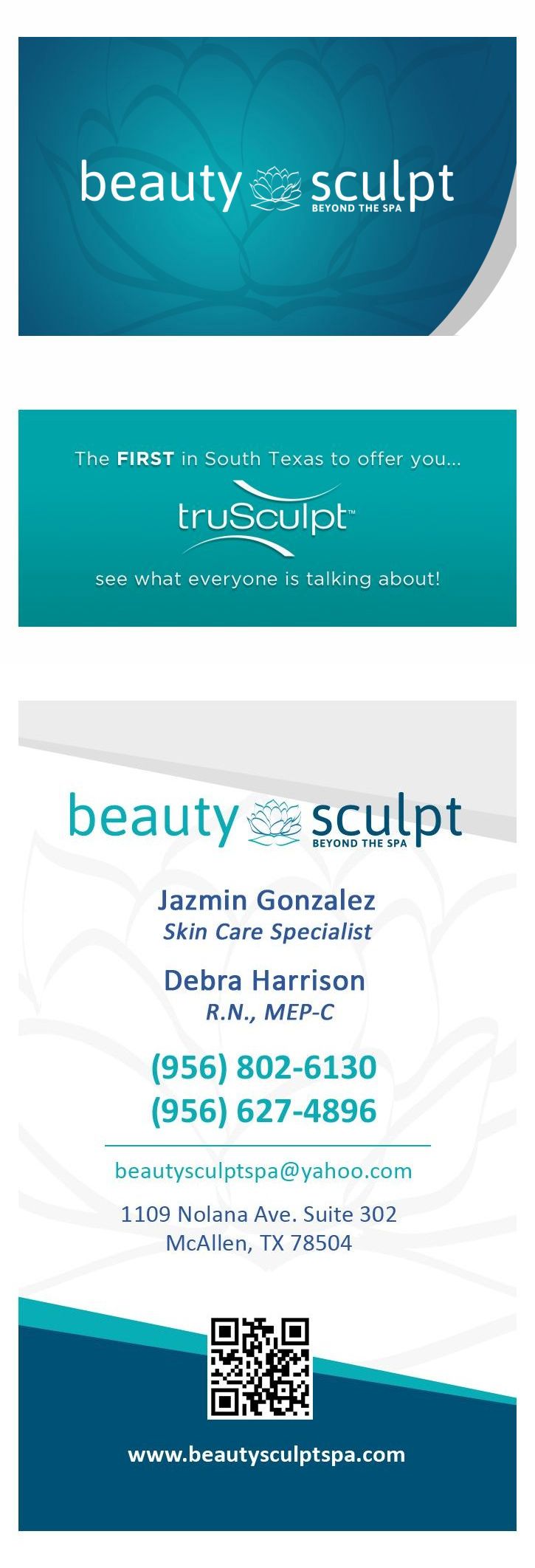CO2 Laser Resurfacing
CO2 stands for carbon dioxide. Lasers that utilize this gas have actually been used in the past for the treatment of many different skin conditions but it is only lately that the procedure has gained a wider acceptance. CO2 lasers utilize ultrapulsed or very short bursts of light energy to vaporize skin layers at the surface. Since the light is focused and controlled, the technique can be used to remove precise amounts of skin with minimal damage. It has been used successfully for a variety of skin conditions such as acne scars, warts, birthmarks and wrinkles with excellent results.
Acne Scar Treatments with CO2 Laser resurfacing
Acne scarring can occur when the skin follicles become inflamed due to bacterial infection. There is a wide variety of treatments available for treating acne and the resulting scars, ranging from topical and oral medications to a number of therapies. One of the latest technologies to have emerged to address this type of skin problem is CO2 laser resurfacing, a technique designed to reduce irregularities in the skin including acne scars, blemishes and even wrinkles.
What to expect from CO2 Laser resurfacing
For treating acne scars using laser resurfacing, a numbing agent will have to be administered to minimize pain. This is usually given in the form of local anesthesia applied on the area/s to be treated. In some patients, anesthesia may be combined with sedatives taken either orally or administered intravenously. A patient undergoing treatment for the entire face may require general anesthesia.
A full-face or partial resurfacing may be done depending on the needs of the patient. Full-face treatments often last from 1 to 2 hours while partial treatments may require 30 minutes to an hour to complete. CO2 laser resurfacing is often performed on an out-patient basis, so patients can expect to go home immediately after treatment.
Downtime
After the procedure, a dressing will be applied to the treated area to protect it. The dressing stays on for about 24 hours and the patient is given instructions on how to keep it clean. Since the outer layer of the skin is exposed during the first few days post-treatment, it is recommended that patients stay indoors to prevent exposure to sunlight, pollutants and other irritants that may lead to infection. Full recovery can be expected from one to two weeks after the completion of the procedure.
CO2 Laser resurfacing Results
The treatment is meant to remove the upper layers of the skin to create a smoother, more even surface. The procedure itself also stimulates skin to produce collagen, which aids in building a more stable structure. As new skin is produced during the healing period, improved appearance and tone can be expected several weeks after.
Side effects of CO2 Laser resurfacing
CO2 laser resurfacing is generally considered a safe treatment in the hands of a skilled and licensed professional. There are, however, certain side effects that may occur, such as:
Swelling – the treatment sometimes results to some degree of swelling after the procedure. Patients should be aware that there is some downtime involved due to this but it can be treated using steroids. Acne breakouts – immediately following the treatment, some patients may experience acne breakouts. These often fade away as the skin heals. Otherwise, the skin may be treated with medicated solutions. Hyperpigmentation or hypopigmentation – usually affects the treated areas. Hyperpigmentation may be resolved with bleaching solutions but hypopigmentation may require more trips to the dermatologist’s office. Infection – bacterial infection can occur if the treated area is not cleansed or becomes contaminated. The patient usually experiences swelling and pain, although this can be treated with antibiotics.

